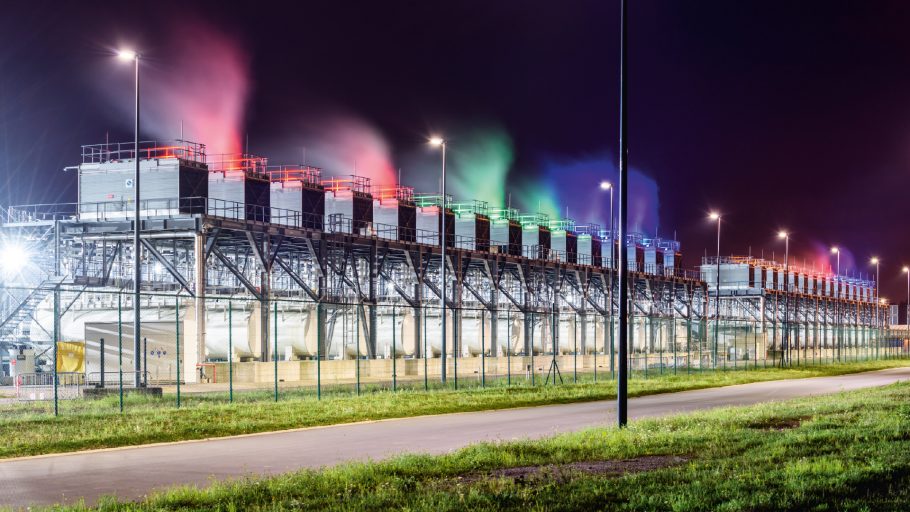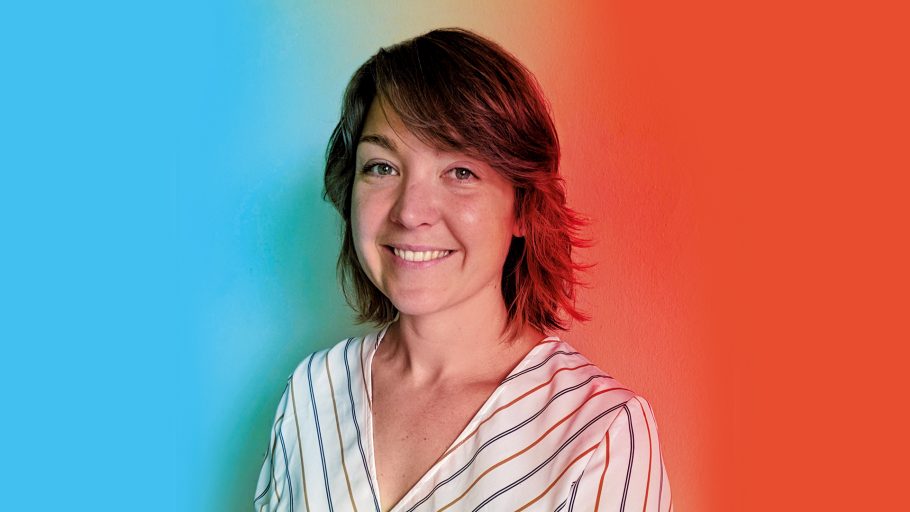Texier and her team are working toward deep grid decarbonization, not just for Google, but also for other corporations and businesses. Although she sees immense promise for wind and solar energy, she recognizes that Google will have to look at additional early-stage technologies to achieve its goals.
Before Google, Texier was at Tesla where she headed up Industrial Energy Products and lead the product management group for large-scale batteries for miscellaneous applications across the US, Europe and APAC. Prior to Tesla, she worked for Electricite De France as part of the Innovation office in charge of new technologies for the group. Texier holds an MS of engineering in Energy and Power Systems from Ecole Centrale Paris.
Texier shares with us about Google’s sustainability journey, the integrity of batteries to Google’s 24/7 carbon-free energy goal and the challenges ahead for the data center industry.

Google recently announced a radical move to test battery backup instead of diesel generators for its data center in Belgium. What led to such a shift, and what are its intended results?
Google has been on the sustainability journey for quite some time now. After becoming carbon neutral in 2007, we went a bit further. We wanted to specifically focus on reducing our carbon footprint with regard to electricity consumption. That’s when, in 2017, we started matching our annual electricity consumption to the solar and wind energy that we would buy across the globe. And we achieved both, 100 percent clean energy matching and carbon neutrality.
We also realized that we have to go further to help with mitigating climate change and push toward true carbon-free electricity. We are building on our efforts from the last 10-20 years by aiming to run all of our offices and data centers on carbon-free energy 24/7 by 2030.
We’ve estimated that, in general, there are more than 20 gigawatts of backup diesel generators in service at data centers globally. Realizing that, we saw a massive opportunity to deploy clean energy and solutions directly out of data centers while cleaning the way we create backup systems for data centers. Testing battery backup in Belgium is the first step. We’ll lay the groundwork for a broader, very evolved vision where backup systems go from typically being a climate-change problem to becoming a critical component of carbon-free energy systems and grid decarbonization.

How will using batteries at the Belgium data center contribute toward the broader electric grid?
The battery will be used as a behind-the-meter asset, meaning behind the meter of the data center. Using batteries, we foresee various applications, such as supporting the local grids and helping us achieve our 24/7 carbon-free energy goal. A change in frequency happens with an imbalance between the supply and consumption. In Belgium, we will be using the battery to regulate that frequency and the battery becomes a balancing asset, which we call frequency response. It will mitigate the delta between the supply and the consumption within the Belgian grid. By doing that, the battery is going to help keep the grid stable and efficient.

